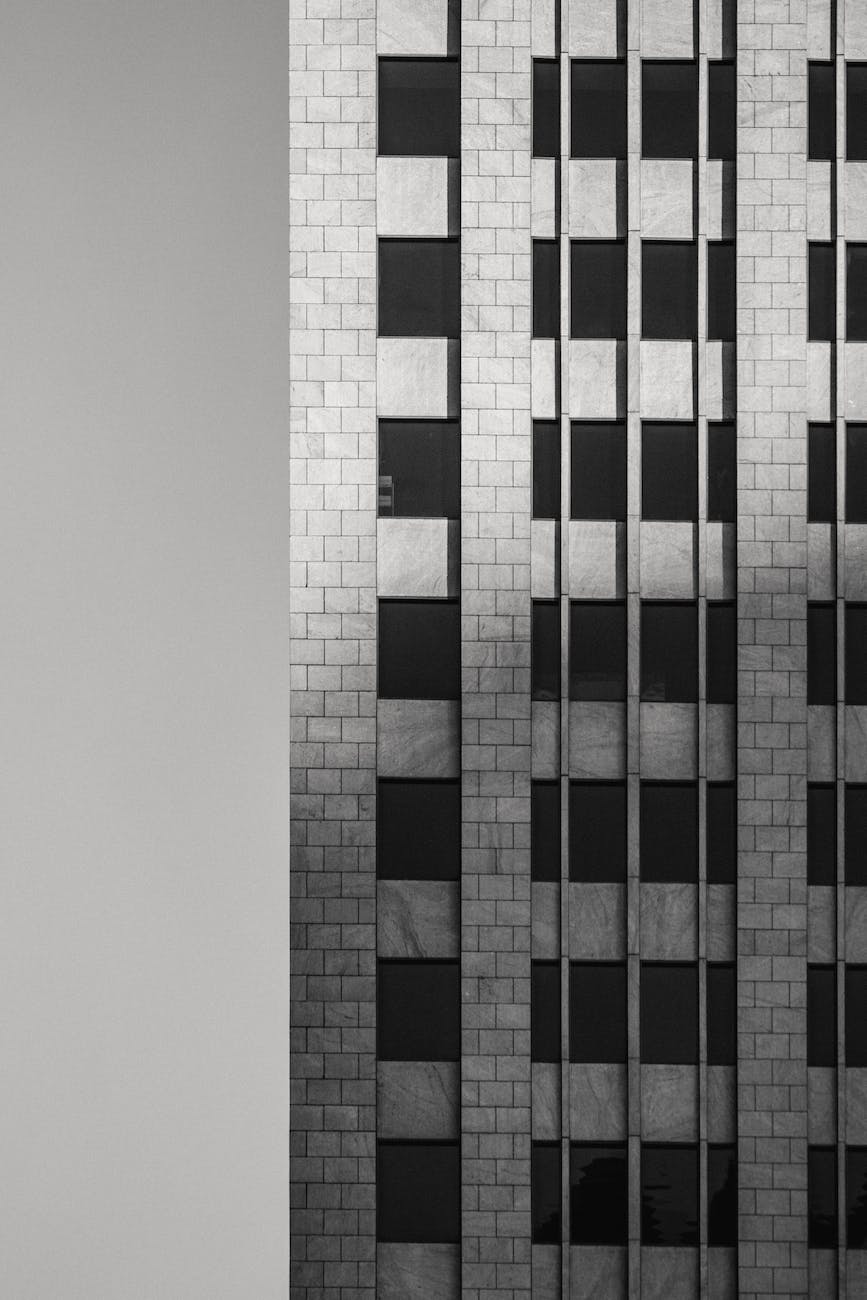This is how it works in the political system. Whenever money has been spent on things like social housing and Indigenous affairs in the past it follows this route. Bean counters and social conservatives fight against the allocation of funding in the first place. Eventually, when it does get over the line it is trimmed to the bone, which means it is accompanied by self-sabotaging elements. For example social housing estates in the past were built on cheap land on the fringes of cities in new suburbs not served with the necessary infrastructure like adequate public transport. In addition, these projects were not backed up by the support required to service them. The outcomes were poorly maintained eyesores and nests for social disadvantage to flourish in. The message to the broader community is you don’t want to live anywhere close to social housing because it lowers the value of your property and exposes your family to crime and social problems.
“Political will and investment, or lack thereof, has been a big one, Dr Fotheringham says. He says the main reason Australia has a shortage of social and affordable housing is chronic underinvestment by governments of all levels and political persuasion over decades. Social and affordable housing is also not a very good “vote winner”, says Hal Pawson, professor of housing research and policy at UNSW Sydney. “
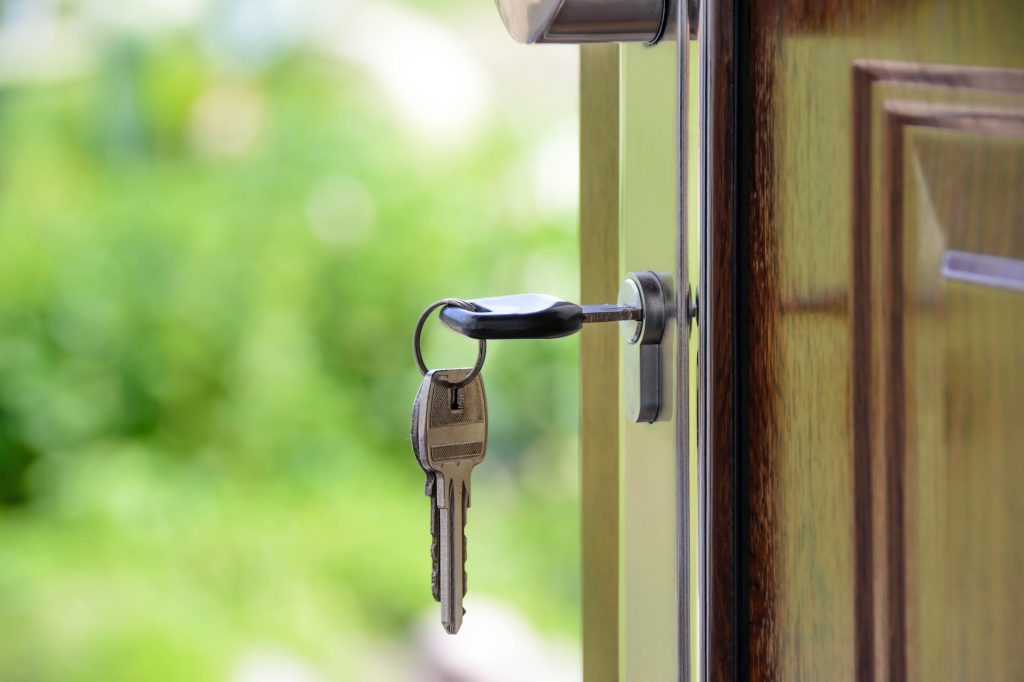

Australia & Social Housing
Australia has a rich history of not properly funding programmes. The litany of failures in welfare spending on Aboriginal Affairs is legion. Housing programmes have been generally badly built in the first place and once again not backed up by any support to maintain them. Scumbags, white scumbags have a rich history of gaining these tenders and serving up second rate product at exorbitant rates. Then, down the track everyone can blame the Indigenous residents for not looking after them and this reinforces the already ingrained racist beliefs within the wider community. Housing built without any consultation with those who would be living in them. This is still being done for the disability community. There is this attitude of ‘beggars can’t be choosers and we know best.’
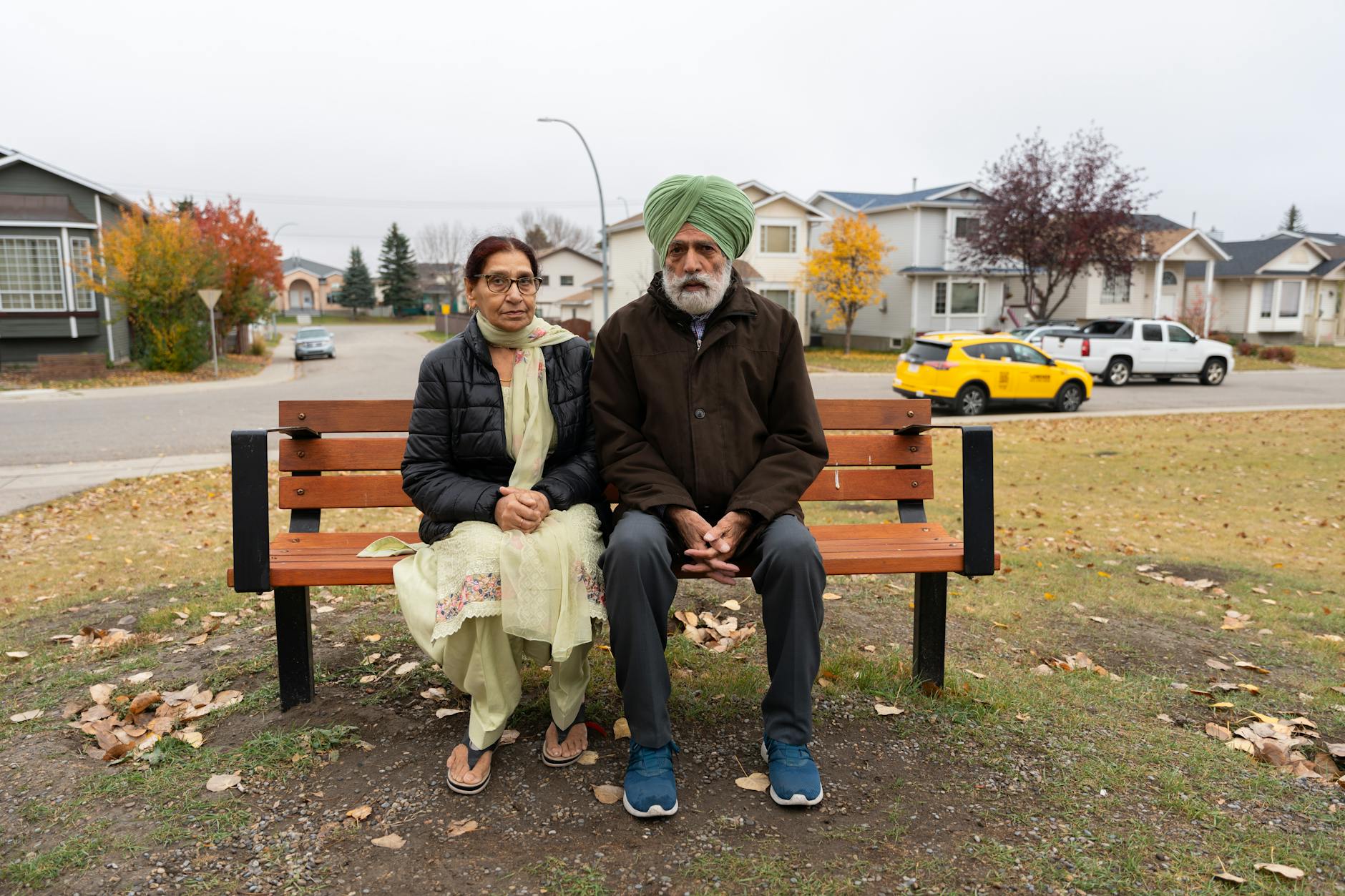
Poorly Funded Programmes For Those In Need
Half arsed should be the motto for government initiatives in this country. First there is the responsibility handball between federal and state governments to contend with. This strips any energy of a united front from the project to begin with. Everything is a shit fight over money. Then, once the arduous planning stage concludes it loses coherence the further down the realisation pathway it travels. Shortcuts and cost savings are enacted constantly. Shoddy workmanship and second rate materials are no strangers to these programmes. Most seriously, however, is the complete lack of supporting infrastructure for these projects. No one has sat down and thought through how these things will operate once set up. Or if they have they haven’t been listened to. Half arsed housing could be the name for the government entity responsible for such programmes. Things falling off the structures are not fixed for months and sometimes years. The message is that second rate citizens live here and they don’t deserve such service. In the past, state housing commission estates have been poorly serviced and maintained. The conservative wider community blames the residents and putting the boot into the poor continues. Downward envy could be an Olympic sport in Australia.
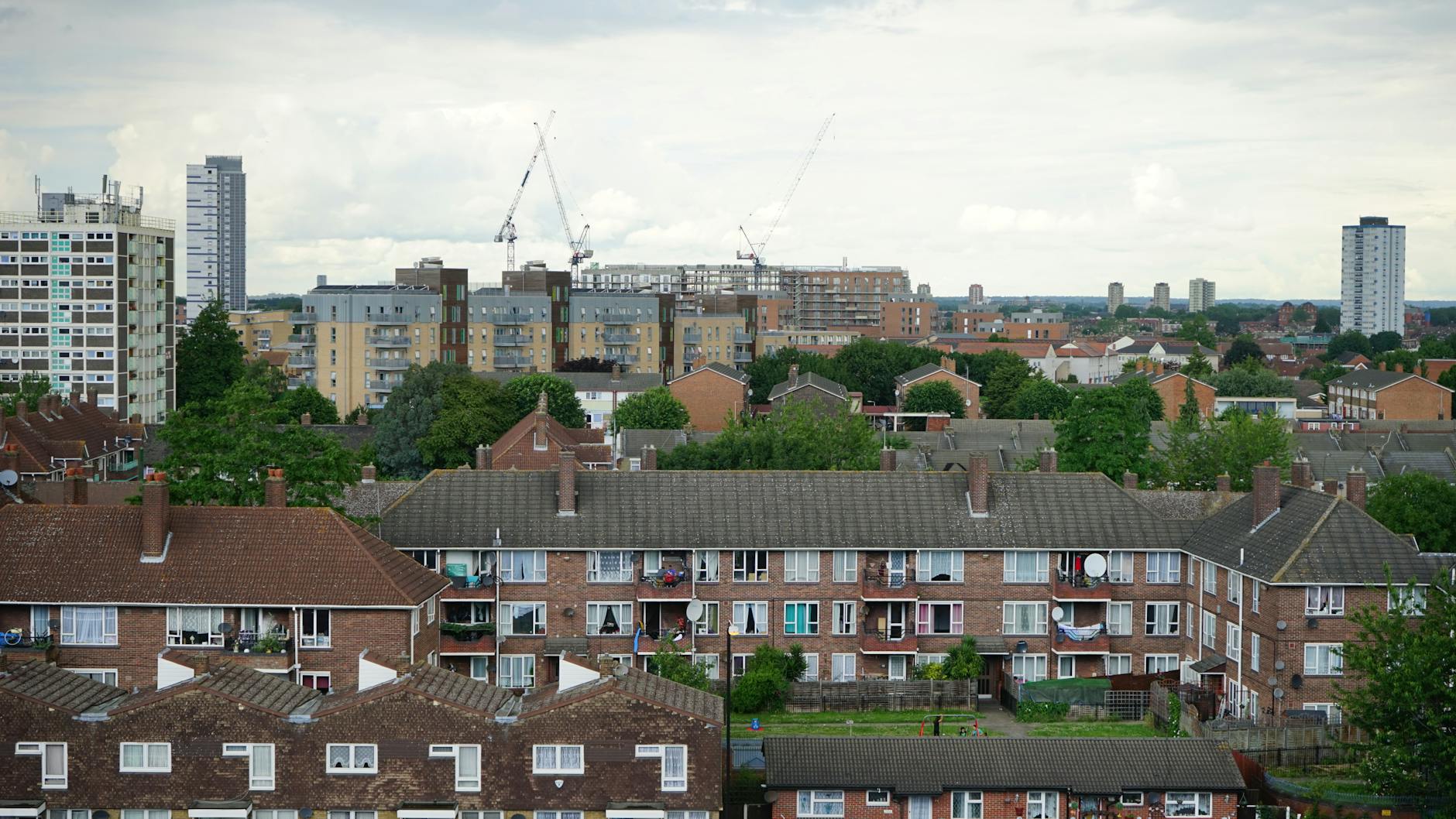
Half Arsed Help
The moral of the story is that these folk don’t deserve any special help. The neoliberal ‘user pays’ ethos has permeated our political classes and into the community more broadly. Generations of short changing Indigenous Australians via institutional racism is neither here nor there, according to this belief. Conservatives ardently believe that each individual is responsible for pulling himself or herself up by their bootstraps. Thus, the divide between rich and poor has grown in giant leaps and bounds over the last 30 years. Home ownership has driven a frontend loader between the haves and have nots. Recently, the CEO of the ANZ bank said that only the wealthy can afford to buy a home in Australia in the 21C. We have John Howard and the removal of the capital gains tax and negative gearing to thank for this state of affairs.
“An acronym for ‘not in my backyard’, a NIMBY is someone who opposes developments in their local area. When it comes to social housing, it’s often because they’re worried that could impact the value of their own home. Professor Pawson says social housing, particularly public housing, has a lot of stigma attached to it. He says the way social housing had been handled in the past had “tainted the brand”, and newer developments didn’t have to look or be managed in the same fashion. “Most people in the industry would now agree it was a big mistake to build very large public housing estates especially on the edges of cities where there wasn’t good access to jobs and services.”
- (Evan Young, ABC News, 28 Jan 2024)
Social housing has barely been built by state governments over the last 20 years. The mistakes of the past and the neoliberal mantra ‘let market forces take care of it’ have meant they turned away from their responsibilities. Now, we have a severe housing crisis with unaffordable rents in most capital cities due to a shortage of stock. Governments are having to spend around $1.4 billion per year on emergency housing for those in need. This has been exacerbated by things like short term holiday rentals proving more popular with landlords. The mismanagement of social housing historically by governments has played a fundamental role in where we find ourselves today. We cannot afford to repeat the mistakes of the past with any new projects. These programmes demand ongoing funding levels to properly maintain them. We do not want to create future ghettoes and concentrations of disadvantage. This could be an opportunity for Australian governments to do a proper job, perhaps, for the first time, when it comes to social housing.
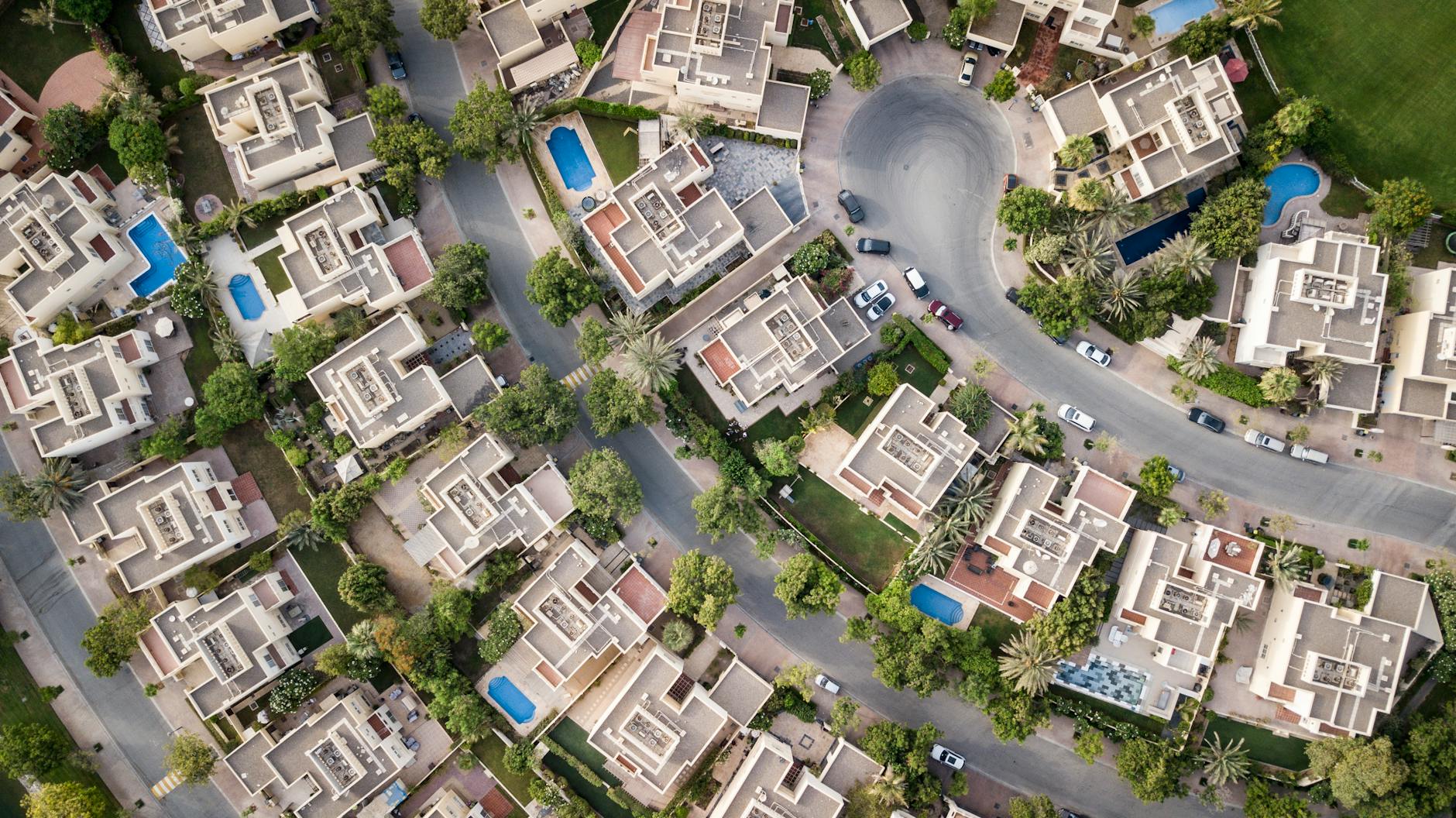
Imagine if you had a well-built social housing estate and rather than just plonking new residents within it you had some useful stuff onsite. How about a centre with non-profit financial advice for residents to consult. How about a psychologist providing help for those struggling mentally with life’s challenges. There could be a suite of valuable services that those in need will use. Rather than leaving those doing it tough to sink or swim why not get in early and be proactive. It will save money in the long run by avoiding much of the law and order costs usually following these neglected places. Think about it!
Robert Sudha Hamilton is the author of Money Matters: Navigating Credit, Debt, and Financial Freedom.
©HouseTherapy

